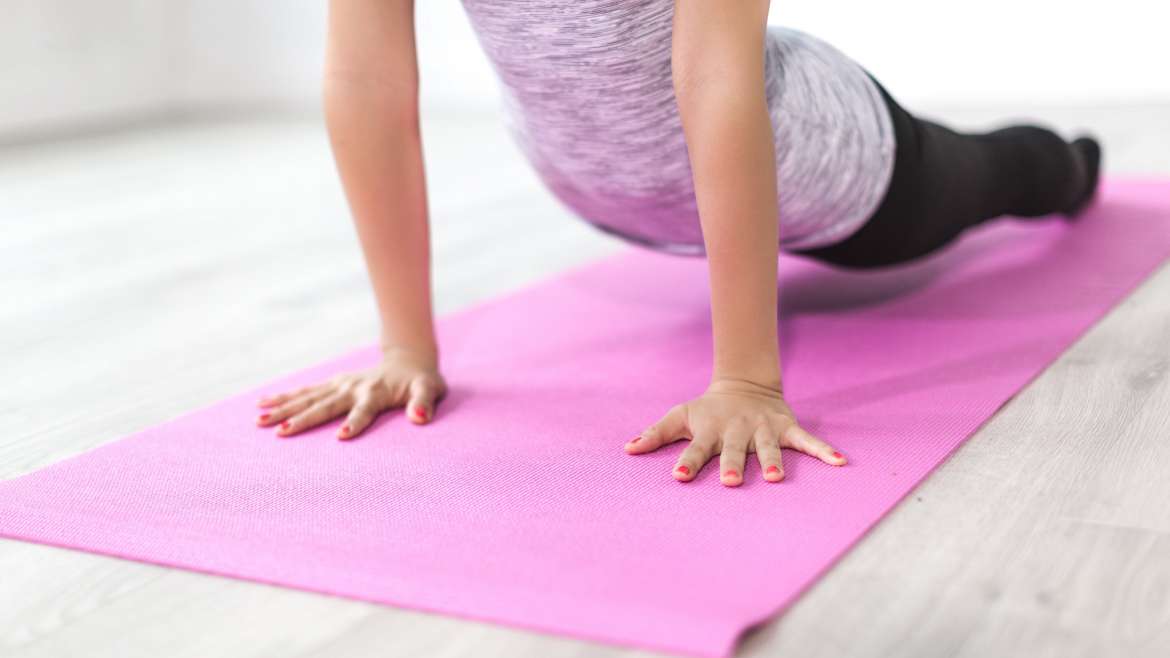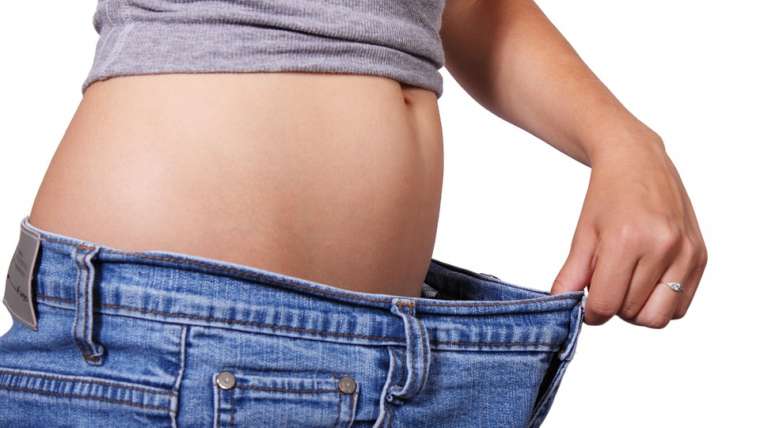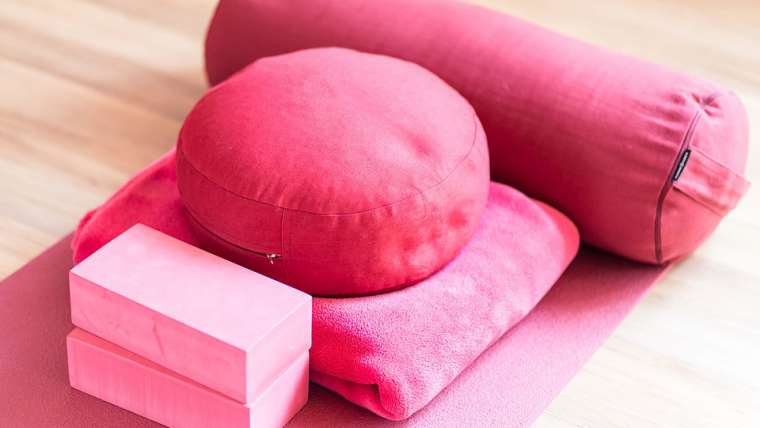Most people will have come across the name Pilates, now very well known and associated with a physical fitness or ‘work out’ regime. But what really is at the heart of Pilates, where did it come from and what are the benefits?
Founder and Origins
what we known today as Pilates is named after its creator, Joseph Pilates. Born in 1880 in Dusseldorf, Germany, Joseph Pilates was not a healthy child and he determined to improve his physical health and strength. Turning first to body-building to begin his work, Pilates then researched and mastered a large number of forms of exercise and physical training, from ancient Greek and Roman to more contemporary forms including gymnastics. Tai Chi, Yoga and Zen meditation were also practised by Pilates.
Joseph Pilates emigrated to England and then to America, but whilst in England during World War I (interned as a German enemy) he began the development of his own system of exercise and worked in nursing. Here he developed methods of allowing bed-ridden patients to exercise, using springs attached to beds; this became known as the ‘Pilates reformer’.
After moving to America Pilates opened his first pilates studio in 1923 where he offered training in his methods; he was immediately successful, and many dancers favoured his methods.
How Pilates Works
The emphasis of the Pilates method is on building overall core strength, with development evenly distributed through the body. Exercises are performed on a mat, and with equipment designed to provide resistance to help build strength or support to enable the completion of the exercise.
Because of the ability of Pilates to provide support as well as strength-building features it is very welcoming of most levels of physical fitness, and is easily adaptable to those with certain medical conditions.
The original Pilates method created by Joseph Pilates contained 500 exercises. Of the 500, 34 were exercises to be performed on a mat. These mat exercises may also involve use of equipment such as hand weights, gym balls and other equipment designed by Joseph Pilates himself.
Benefits of Pilates
Pilates falls into the classification of physical exercise that increases muscle strength.
Because of the unique ability of the system to support the body, Pilates is suitable for most people who may otherwise struggle to complete physical exercises.
Muscle tone, posture, mobility of joints and balance can all be helped by Pilates. Flexibility and strength can be increased.
As with many forms of physical exercise, the positive physiological effects can influence and enhance a sense of well-being and help to reduce stress and tension.
Regular exercise using the Pilates method can help with weight management.
Are There Negative Effects?
As with any physical exercise, Pilates should be practised with due regard to any health conditions and recommendations. Professional advice should be sought from Pilates trainers wherever there is any doubt as to the method’s suitability for any individual.
Pilates is recognised as what is called a low-impact manner of exercise, which means that in general injuries are very uncommon.



